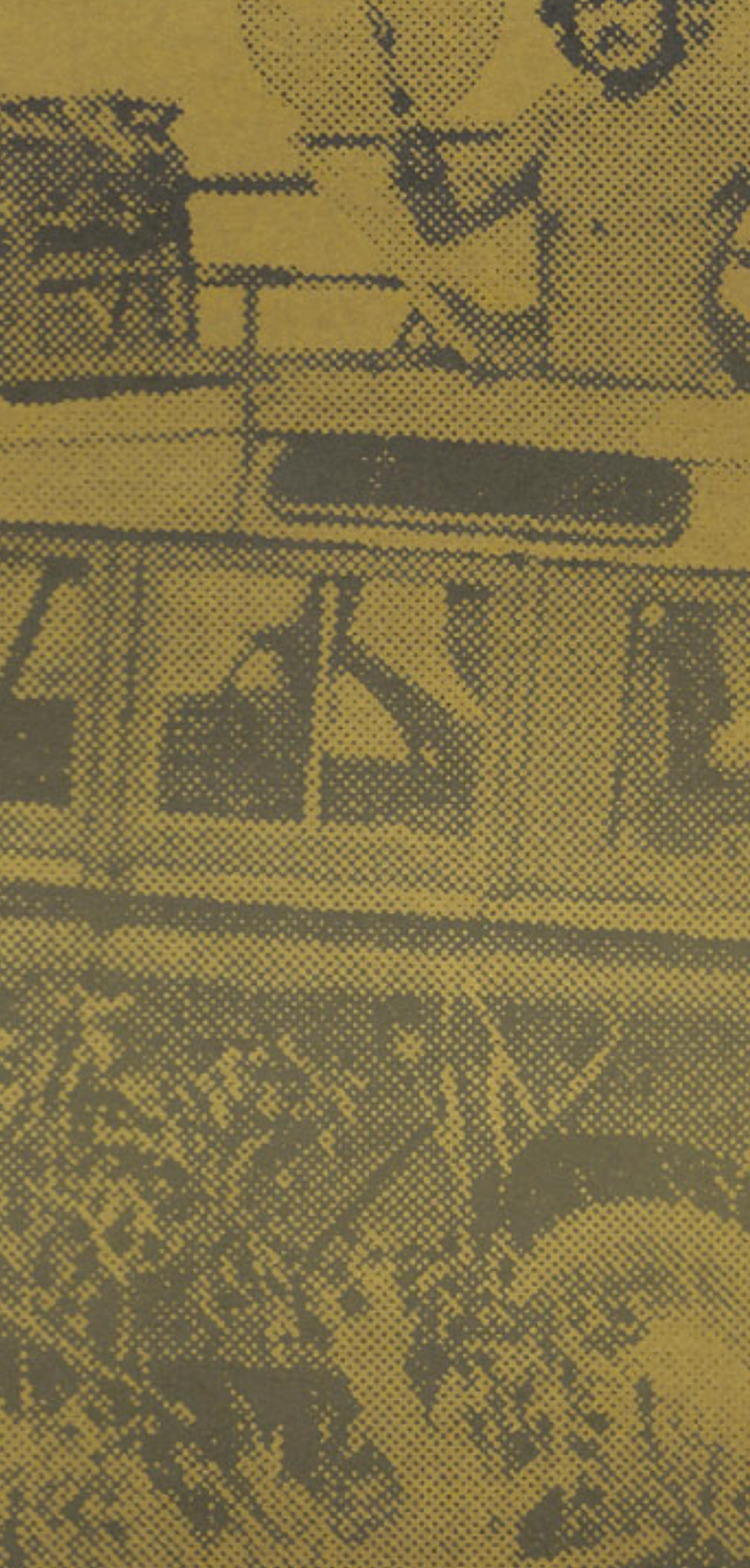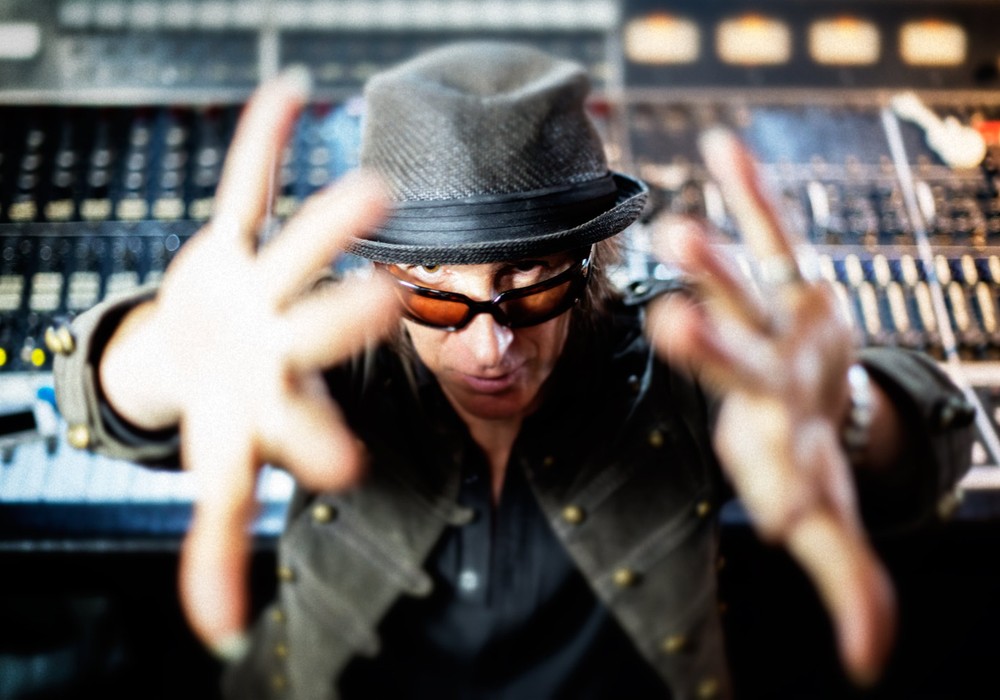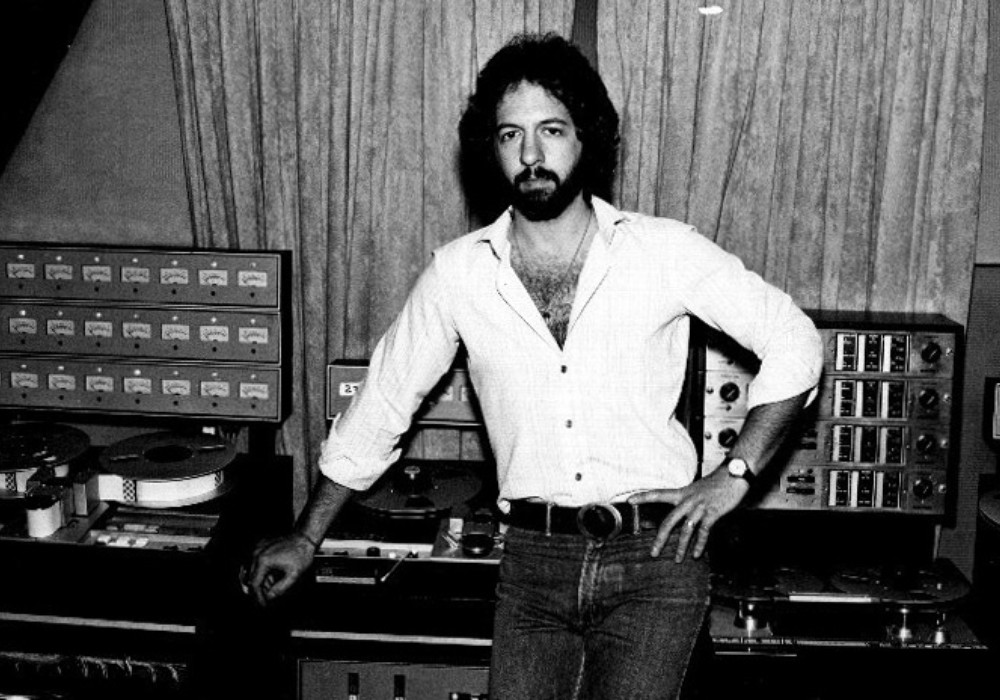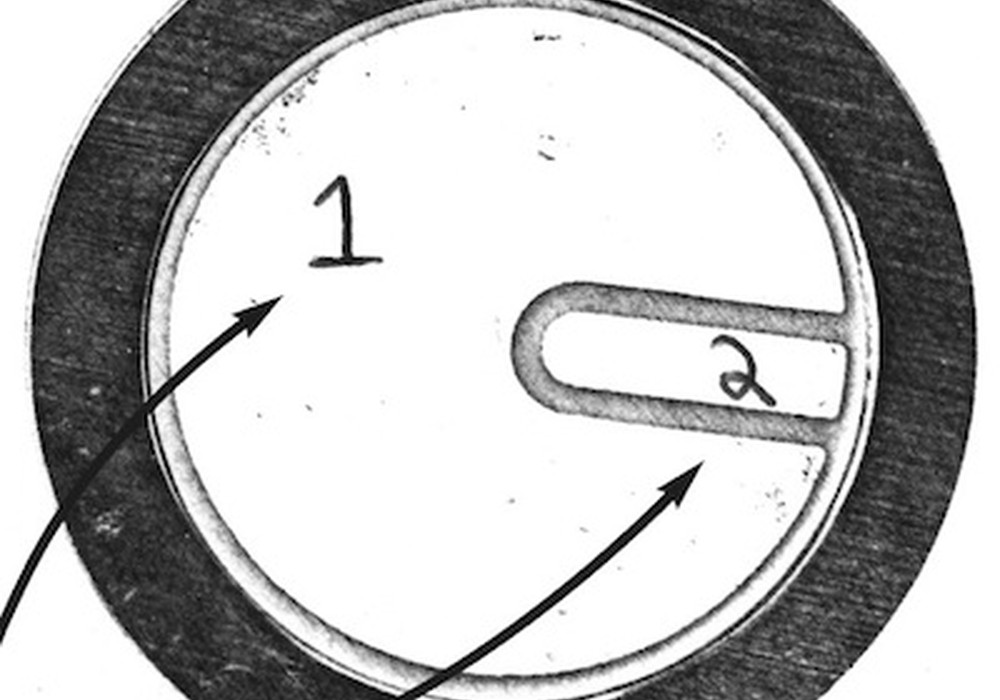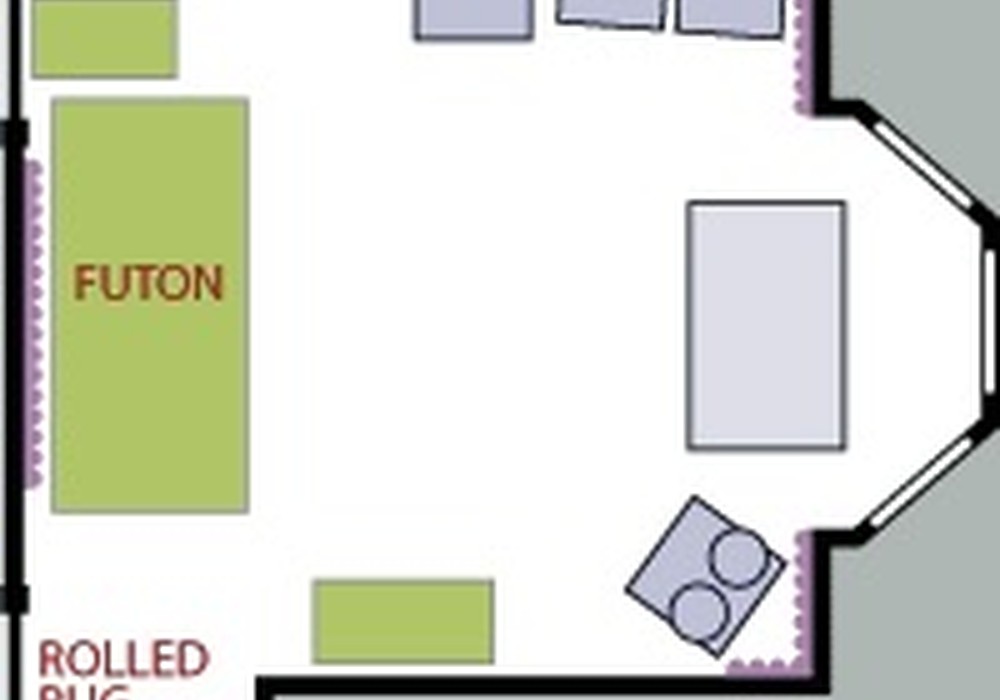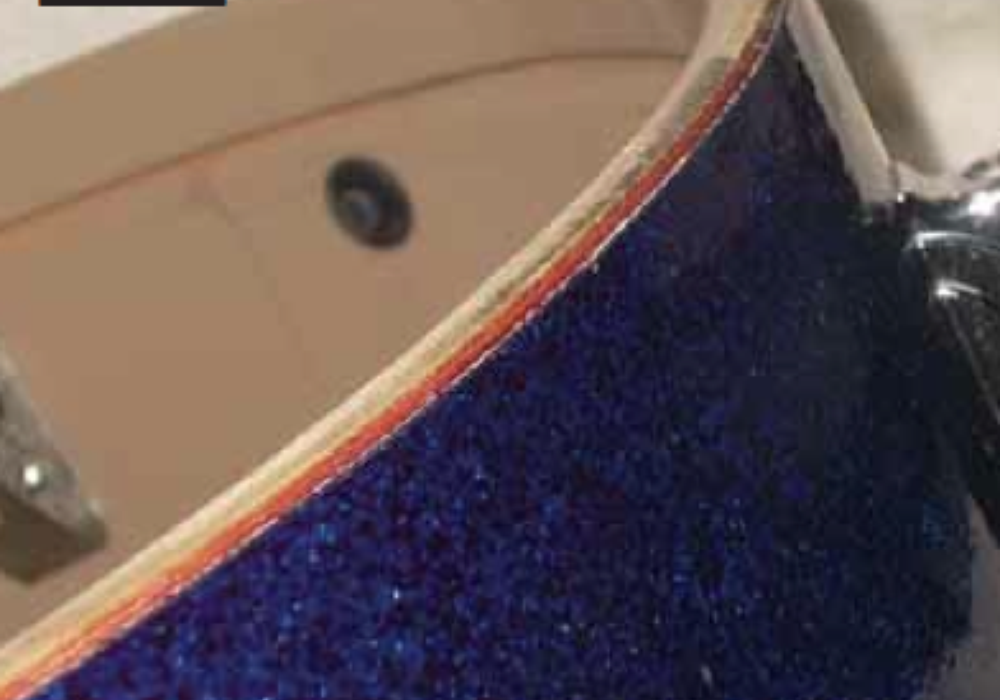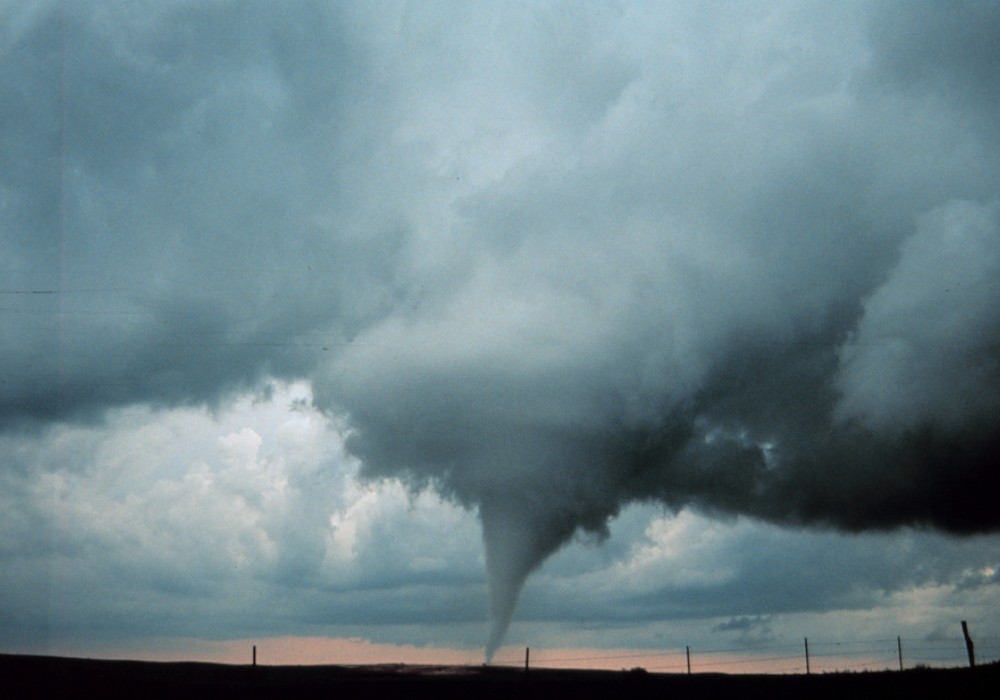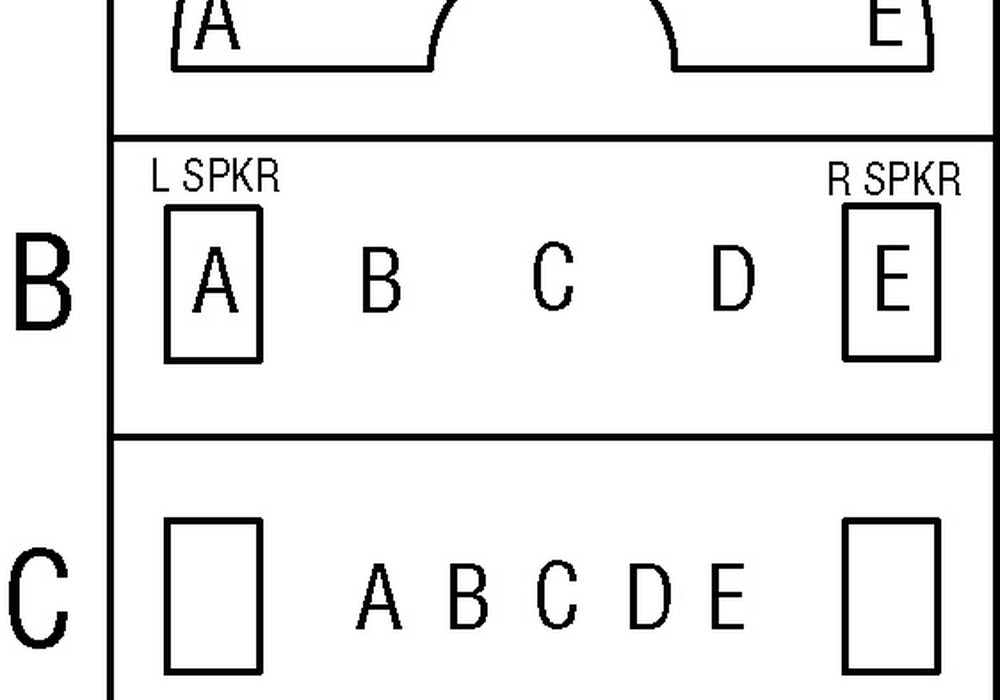In the spring of 1983, a friend and I purchased a reel-to-reel four track. Up to that point, we had been doing multi-track recording by bouncing back and forth between a cassette deck and a boom box. We wanted to upgrade our "studio" (co-opted den), so we started to look around. Shortly thereafter, a classified ad offering a four track for $350 caught our eyes.
I don't remember exactly where we went to pick it up, but I do recall that it was out in the glorious razed countryside of southeast Michigan. It was a big, white farm house with no trees and an elaborate alarm system. The owner was an audio engineer. Sound gear filled every room in the house. I got that same uneasy feeling that you get when you see an elderly person living alone with far too many cats (or maybe I was just seeing my future). After a quick look at the four track and a couple of questions, we handed over our cash. He even threw in a box of tapes. We were very excited.
The four track was an Akai. I have no idea what year the machine was made. It ran at 15 or 7 ½" ips (If you balanced the tape speed toggle switch between 7 ½" ips and 15 ips, the machine would run at 3 ¾" ips!) and could handle 4-inch, 7-inch and 12-inch reels of ¼" inch tape. It was capable of recording on all four tracks simultaneously.* It also had a very loud punch-in "ka-click" that seemed to slate directly to tape.
When we got home, we started to record almost immediately. The free tapes he'd given us were used, he'd recorded a religious convention of some sort on them. But instead of erasing all of it and then beginning to record we just left it and started. So our songs all started and ended with little un-erased comments such as, "Folks... folks... if I can have your attention now please..." and, "Love, love... love..." Over the next few months we wrote and recorded almost incessantly.
Listening to those recordings now, a few things come to mind. Mostly, I'm fascinated with the way the music sounds and the structure of the compositions. I believe these recordings are unique because the songs were created on the four track. Normally, for us (and many others), songs were written and then learned and played by our band. The songs were always whole before recording started. With the four track, we had time (and tracks) to consider things, experiment and make mistakes. Making mistakes was, of course, the best way to learn.
Here are a few things we learned:
- Coffee cans played with drum sticks sound charming when they distort.
- Plugging guitar cables into headphone jacks is bad.
- Having a Hum Buzzer (electronically adept) friend who can fix things such as a fried headphone jack is good.
- Doubling a distorted guitar tone with a cleaner tone adds clarity and crunch.
- Doubling a part with the same instrument at a slightly different pitch creates chorusing.
- Recording very difficult parts at half speed then playing them back at normal speed will trick more people than you think into believing you're a really good player.
- There is almost no end to the amusement of listening to your music backwards by flipping over the tape.
- Having a consistent tuning source (a tuner or a keyboard, not a piano because they drift over time) is helpful for doing overdubs at a later date. If you don't have one, record a tuning source (i.e. an open A on a bass) for ten or fifteen seconds before the song starts on the tape. This way, you can tune to it as it plays and then be in position to record your overdub.
- Recording two instruments with very different timbres (i.e. bass and glockenspiel) on the same track allows you to adjust their relative volumes after they've been recorded with EQ. More bass EQ brings up the bass; more treble EQ brings up the glockenspiel. If you do this kind of combining on all four tracks,...
